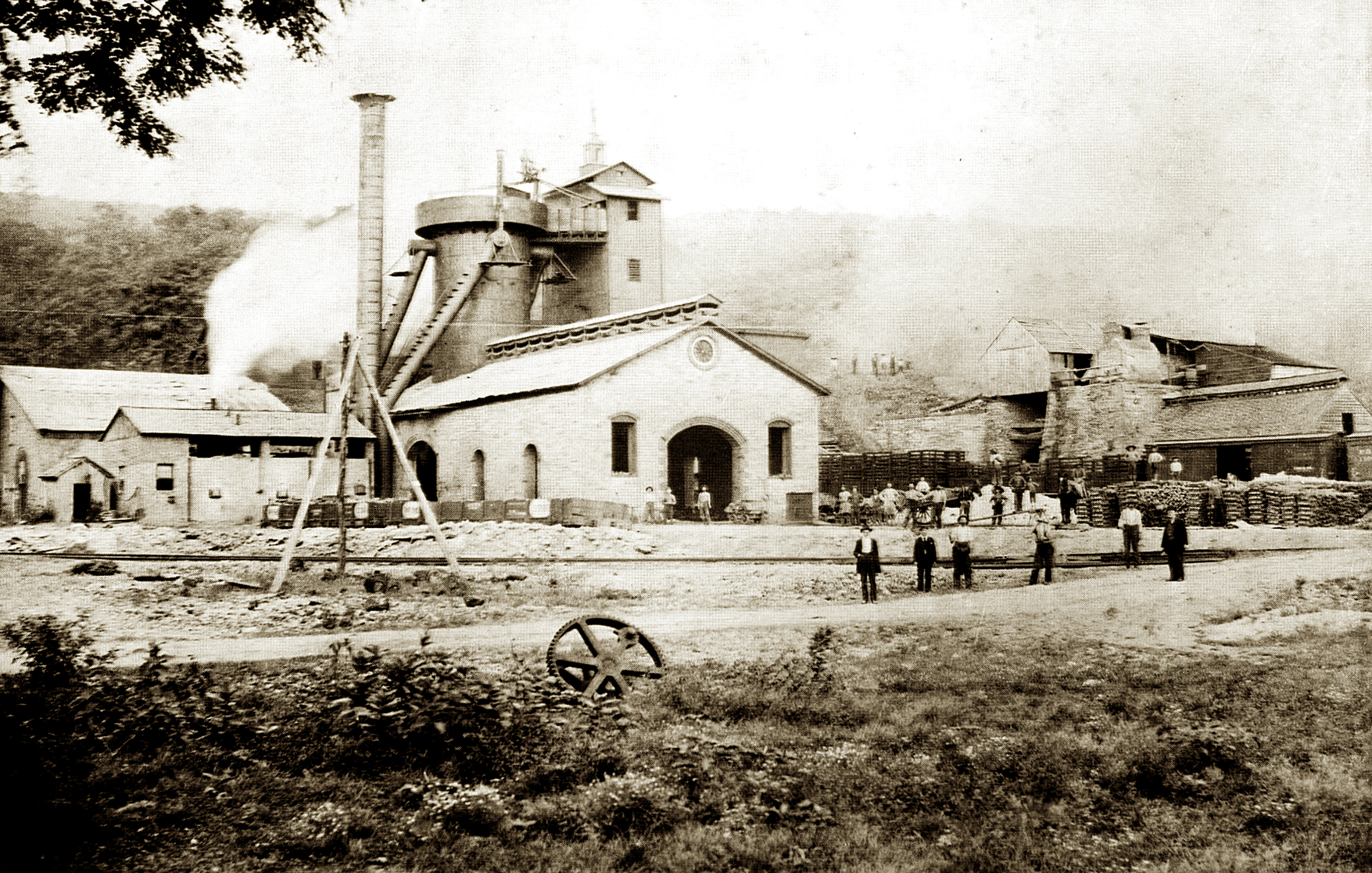By David Malakoff
As a child in the late 1960s, archaeologist Elizabeth Comer would accompany her family to Sunday services at Harriet Chapel, an historic Episcopal church in the tiny mountain hamlet of Catoctin Furnace, Maryland. Just up the road she would see the towering stone walls and crumbling ruins of the sprawling iron-making complex that had given the village its name. From 1776 to 1903, the Catoctin Furnace’s blazingly hot crucibles helped transform iron ore dug from nearby quarries into everything from cannon balls for the Revolutionary War to car wheels for the emerging auto industry. “Even then, the furnace kind of captured my imagination,” Comer recalled during a recent visit to the site. “You just knew it held stories.”

Forensic facial reconstructions, created by StudioEIS and artist Jiwoong Cheh in consultation with Smithsonian scientists, show the faces of two enslaved Catoctin workers whose remains were found at the site. The woman, left, was approximately 30-35 years old, and was buried with her infant son. Her toddler brother was buried nearby. The boy, right, was a 15-year-old whose compressed spine indicated he did heavy labor. He had the deepest burial shaft and sassafras seeds found in his grave have been identified as a burial wreath.
Image Credit:
Now, more than 50 years later, Comer has helped catalyze a pioneering research effort that has revealed stories of Catoctin Furnace that, until recently, were impossible to tell. In an unprecedented technical achievement, scientists have used powerful DNA technologies to link unidentified Africans and African Americans buried some 200 years ago at Catoctin Furnace to their living relatives. By revealing genetic connections that span nine generations, researchers have helped modern families discover Black ancestors who played a critical role in America’s industrial flowering—and who are often invisible in the historical record. In addition, sophisticated forensic analyses of the recovered skeletons have offered new insights into the often-difficult lives of the enslaved men, women, and children who did most of the heavy labor at Catoctin Furnace during its first six decades.
The findings mark “a giant leap forward both scientifically and genealogically,” said Henry Louis Gates Jr., a member of the research team and a historian who directs the Hutchins Center for African & African American Research at Harvard University. The Black people buried at Catoctin Furnace “were virtually forgotten because there is little or nothing about them in the archives; you hit a dead end,” noted Doug Owsley, also a member of the team and Curator of Biological Anthropology at the Smithsonian National Museum of Natural History. “But these techniques allow us to jump right over that brick wall.”
For Comer, the landmark findings are the welcome result of a dogged, decade-long quest to identify the descendants of the legions of workers—of both African and European descent—who labored at Catoctin Furnace.




